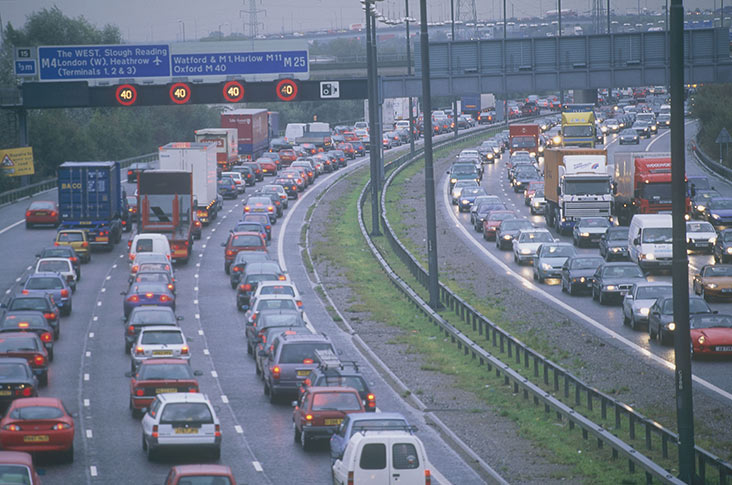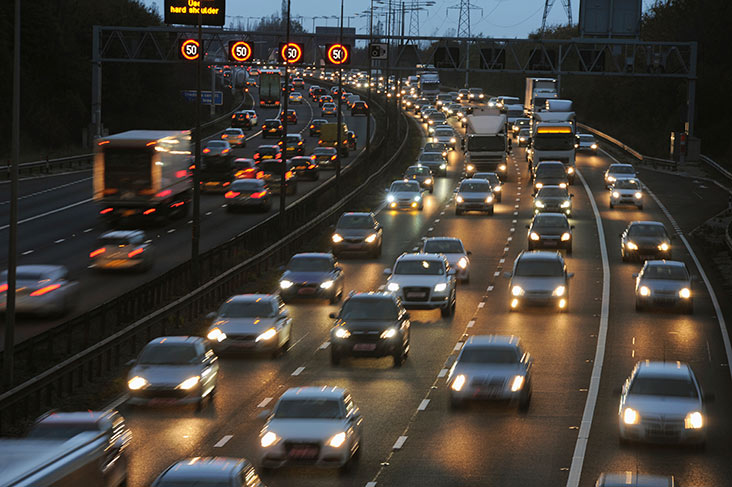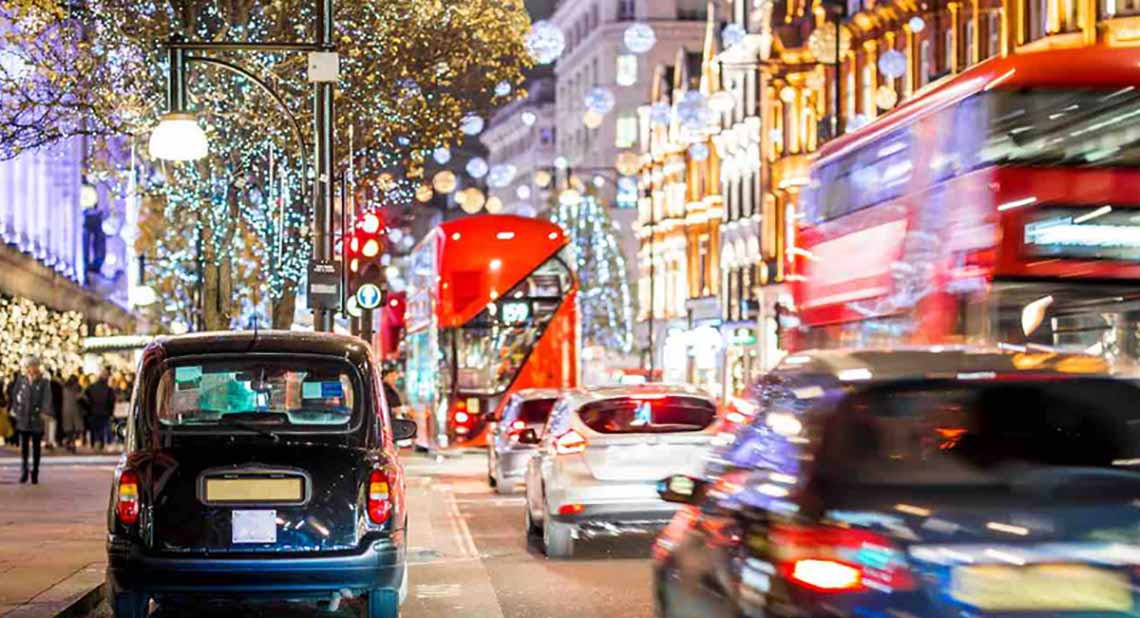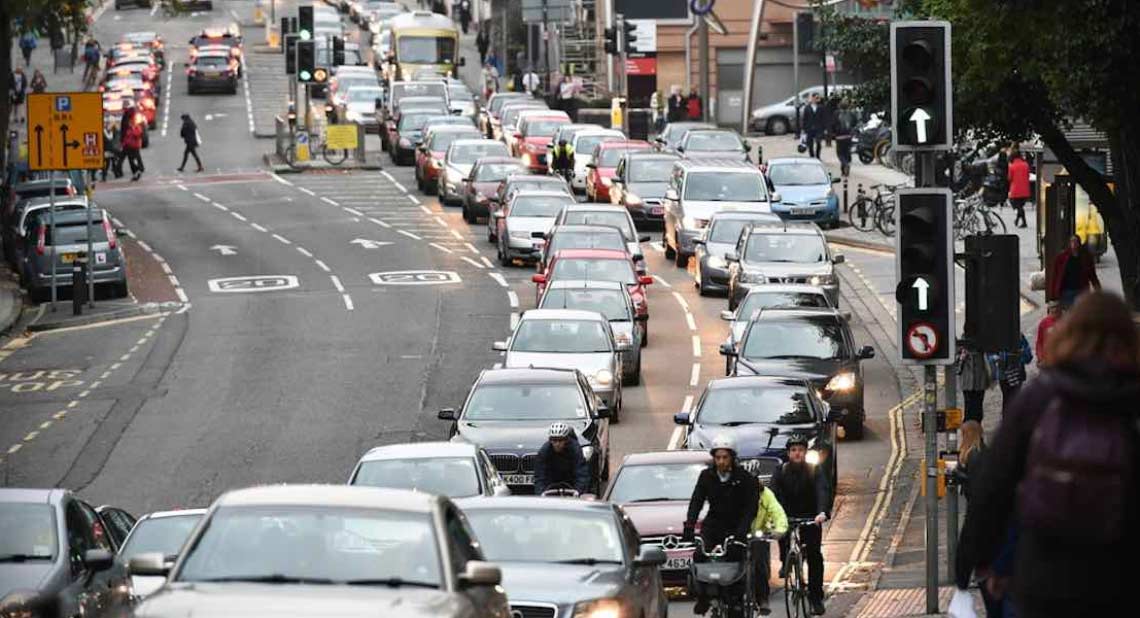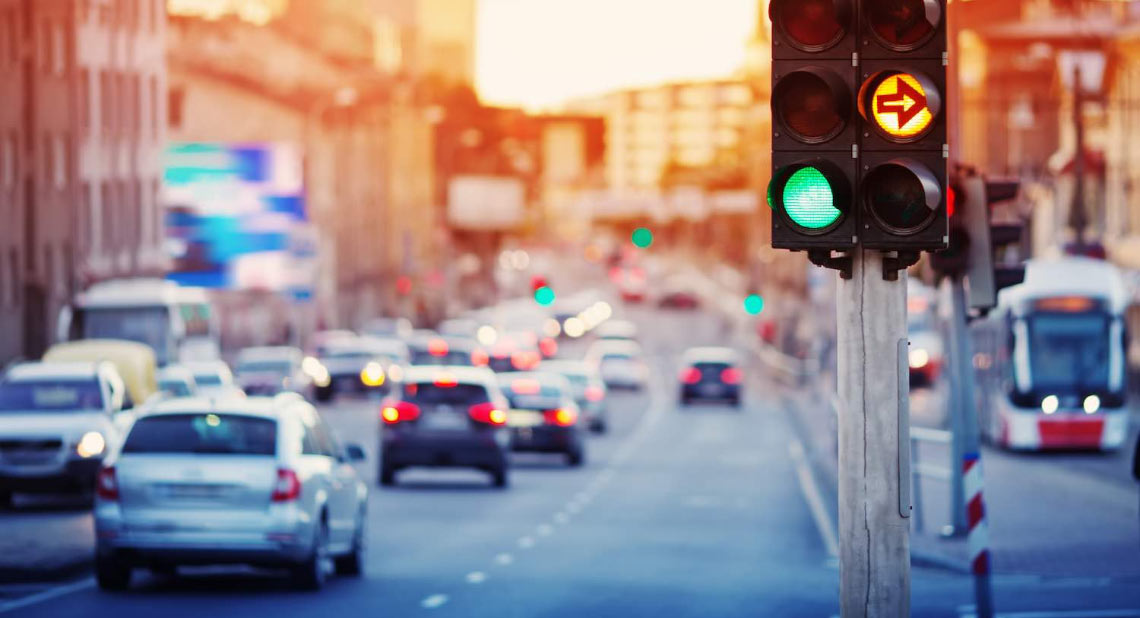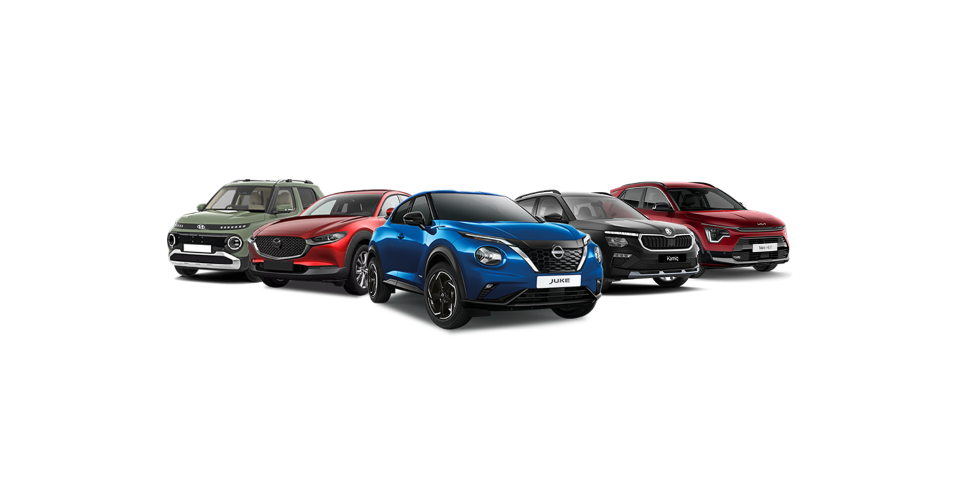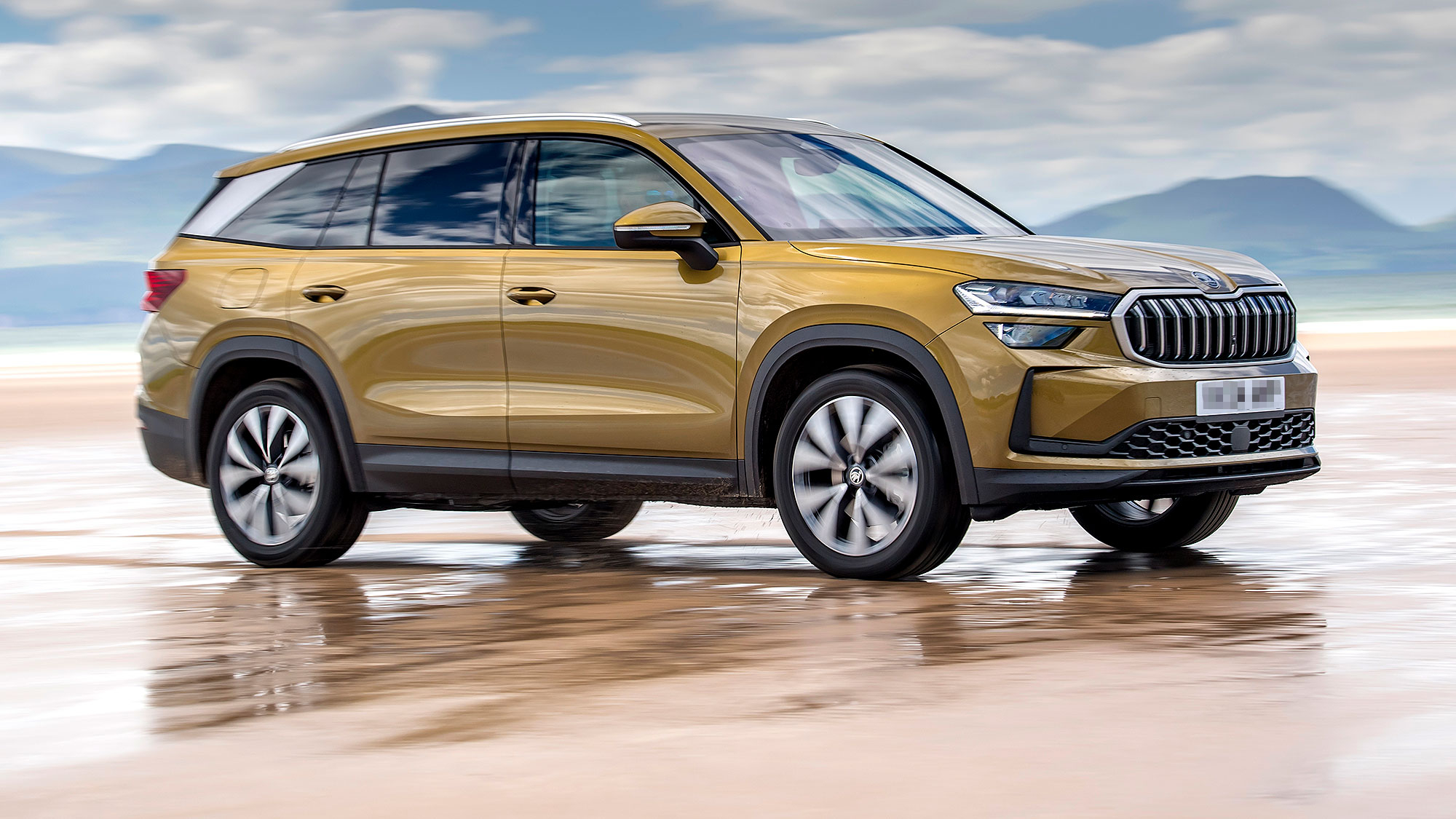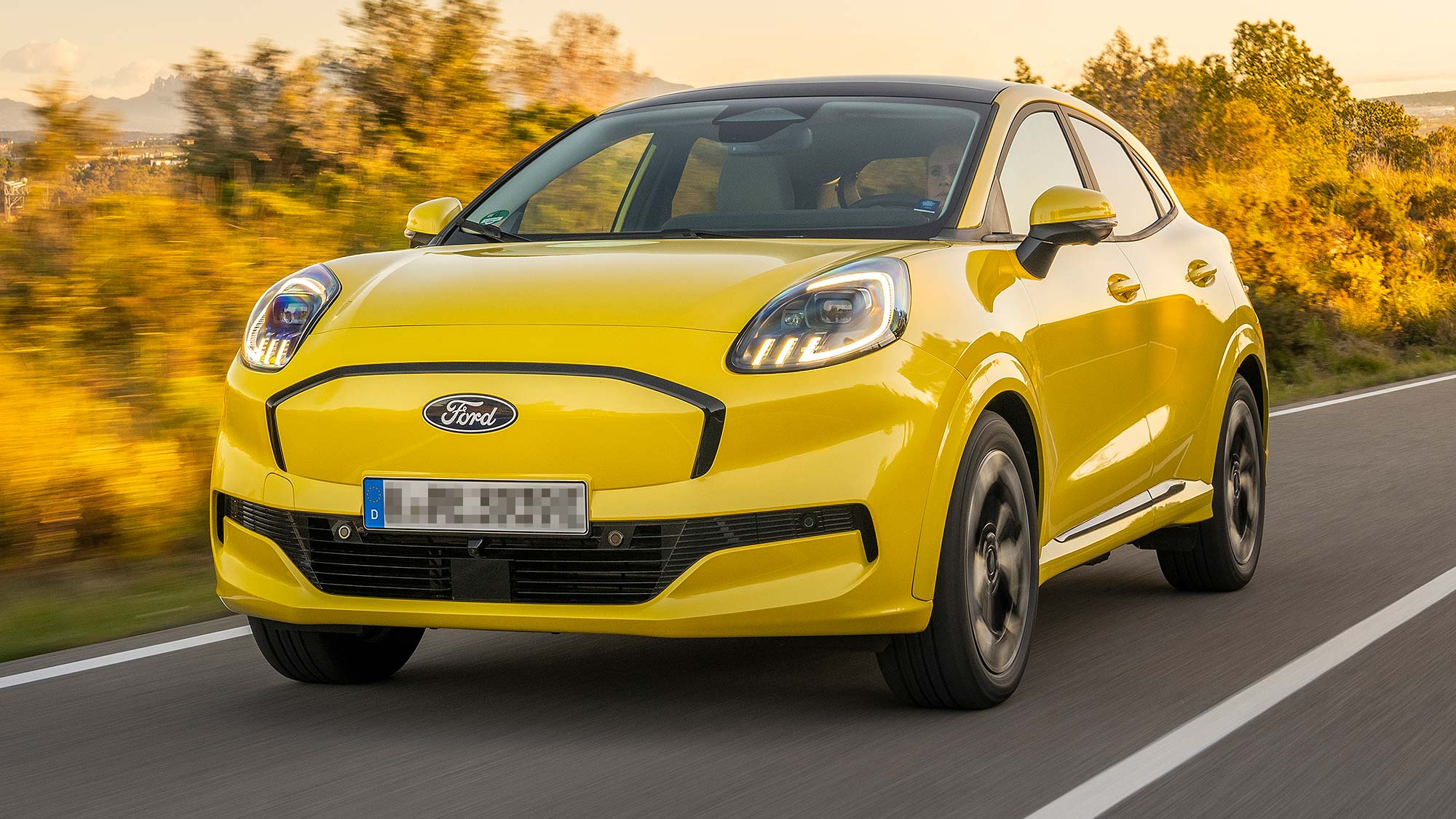For many, driving on the open road can be a therapeutic release from the stresses of everyday life, as well as the easiest way of getting from A to B. All too often though, your car will grind to a halt as you encounter heavy traffic. What then? This six-point planner should help you stay safe—and sane.
1. Plan ahead, in advance
Fail to prepare… and prepare to sit in a long line of slow-moving traffic. “Whenever you go on a journey, particularly one you’re not familiar with, plan ahead,” says Prakesh Patel, an RAC service patrol driver with many miles under his belt. “Consult one of the many apps that keep you up to date with routes and traffic disruption. Avoid areas you know are going to be busy, particularly during peak times and make sure you always have a back-up route in mind if you find your first choice is not moving.” Vitally, give yourself more time than you think you need.
“If your Sat Nav says 50 minutes, it may not have factored in roadworks, traffic jams, parking or the time it will take you or your passengers to get from the car to their destination, particularly if you or they rely on a wheelchair or walking aid.”
Always check out traffic reports before leaving and have a back-up route availabel just in case
2. How to save fuel when you’re stuck in traffic
Being stuck in slow-moving or stationary traffic is bad news for your fuel consumption. However many Motability Scheme cars are automatic and, as Patel says, “they’re designed to conserve fuel more effectively than the manual cars.” If you can see that the traffic isn’t moving at all, he says, you’re better off switching the engine off completely.
“But don’t leave the ignition on, with the fan running or the headlights on because that just runs the battery down and the car won’t start.” And on hills, “take it out of gear and put the handbrake on, rather than leaving it in first gear and holding it at the ‘biting point’—because that will damage your clutch.”
In-car technologies, such as start-stop systems, will automatically shut down and restart the engine in order to reduce the amount of time the engine spends idling, thereby reducing fuel consumption. Check with your dealer what technology is available when it’s time to choose your next vehicle.
If it quickly becomes clear that you’ll need to refuel during your slow journey, apps Fuel Service and assist-Mi help disabled drivers find nearby accessible petrol stations and alert staff to help with refueling if necessary.
3. Drive safely
“You should always keep a good space ahead of you and keep focused on the car and cars in front to be aware of problems ahead,” says Ian McIntosh of the Red Driving School. Aim for at least two seconds in good conditions and at least double in bad, giving you time to slow down, stop calmly and not terrify your passengers.
If you’re driving on multi-lane stretches, avoid the temptation to swap lanes in the hope of getting ahead – you’ll annoy other drivers and only encourage incidents or accidents. If you absolutely have to change lanes, remember the drill: Mirror, signal, and only then manoeuvre.
it’s vital to always leave enough space between you and the car in front when you’re driving
4. Drive defensively
Driving safely in traffic jams is as much about others as it is about you. “Always anticipate other road users,” says Ian McIntosh, “because in shopping areas, drivers may be looking for parking spaces and may stop suddenly.“
Cars, he stresses, should not be your only consideration. “Pedestrians may also be concentrating on their shopping rather than the road, so be aware they may step into the road without looking properly.” And then there are the cyclists. “Keep a close eye out for them in your mirrors and always allow them plenty of room to pass safely.”
5. Stay cool
Even the most mild-mannered of drivers can feel the red mist descending when stuck in endless tailbacks, particularly if the jam is likely to make them late. But even while captive in the car, it’s possible to stay calm.
“Sit comfortably, listen to some quiet, calming music and focus on your breathing,” advises Neil Shah, Chief De-Stressing Officer at the Stress Management Society. “Take a deep breath for five counts; hold it in for five and then release. Repeat five times to reach a state of relaxation.” Younger passengers in the back can be kept entertained by in-car DVDs and tablets, but relaxation is often better achieved through the old fashioned options of eye spy or a colouring book and crayons.
6. Take a break
Pulling over and taking a break can help deal with boredom before it sets in, particularly if travelling with children. “Taking a break every so often will clear your mind,” says Patel. The apps mentioned above will flag up services on your route and those best equipped to cater for motorists with limited mobility, though your options may be limited.
“If you can’t pull into services, just pulling out of the traffic jam and simply escaping the confines of the car will be beneficial, if it’s safe to do so,” says Patel. “Your passengers will hit the ‘boredom reset’ button and you will return sharper and rejuvenated. And, if you’re very lucky, the traffic jam may well have dispersed.”
To discover your full range of options with the Motability Scheme’s all-inclusive motoring package—including RAC breakdown—see our guide to joining the Scheme.
Read More Articles Like This:
UK speed limits: Everything you need to know
Drivers Are Still Unsure About Emergency Refuge Areas On Smart Motorways
Driving Economically: How To Save Fuel
![]()
